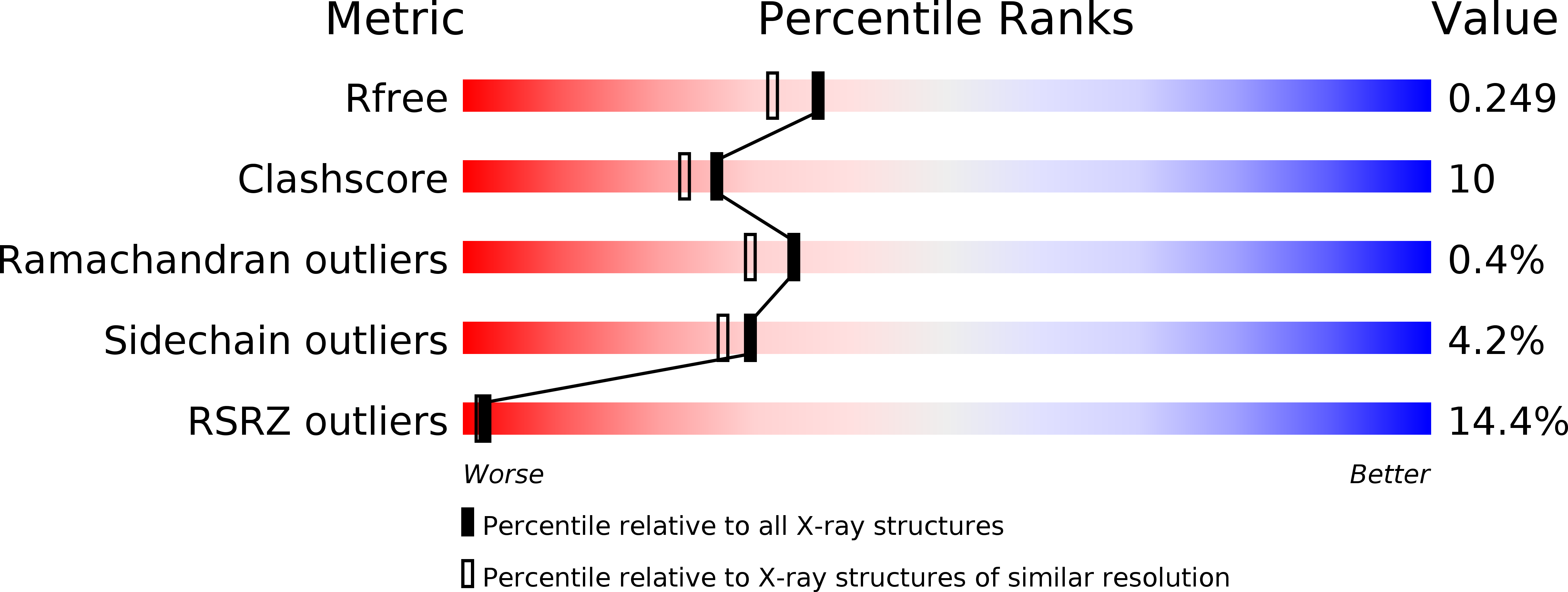
Deposition Date
2001-05-24
Release Date
2002-05-24
Last Version Date
2023-08-16
Entry Detail
PDB ID:
1J99
Keywords:
Title:
CRYSTAL STRUCTURE OF HUMAN DEHYDROEPIANDROSTERONE SULFOTRANSFERASE IN COMPLEX WITH SUBSTRATE
Biological Source:
Source Organism:
Homo sapiens (Taxon ID: 9606)
Host Organism:
Method Details:
Experimental Method:
Resolution:
1.99 Å
R-Value Free:
0.26
R-Value Work:
0.23
Space Group:
P 21 21 2


